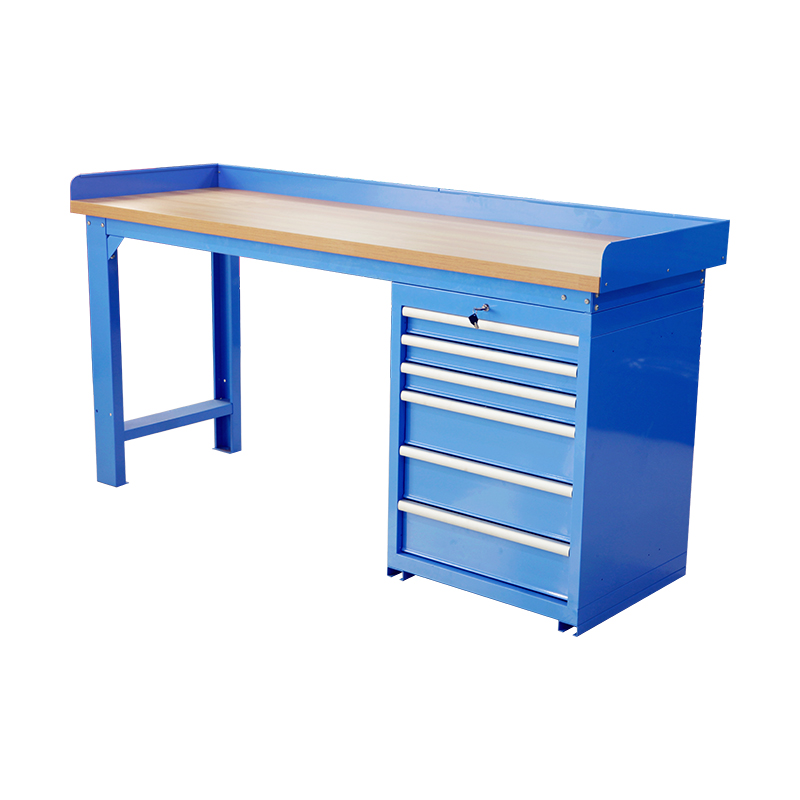In industrial and workshop environments, the workbench serves as the heart of productivity, a space where tools meet materials to create, assemble, and innovate. However, the effectiveness of a workbench is not solely determined by its size or design; the surface treatment applied plays a critical role in enhancing both functionality and safety.
Anti-Slip Coatings: A Grippy Solution
One of the foremost concerns in any workspace is the prevention of accidents. Anti-slip coatings are designed to create a textured surface that prevents tools and materials from sliding off, significantly reducing the risk of spills and drops. These coatings also provide better grip for hands, ensuring that users can manipulate tools confidently without fear of slippage. This is especially important in environments where liquids are present, where a lack of traction can lead to dangerous situations.
Chemical Resistance: Guarding Against Hazards
In settings where solvents, oils, and other hazardous substances are regularly handled, chemical resistance becomes paramount. Treatments like epoxy coatings create a barrier that protects the workbench from spills, preventing degradation that could compromise both the surface and the materials being worked with. By maintaining the integrity of the workbench, these coatings reduce the risk of chemical reactions that could pose dangers to both personnel and equipment.
Scratch and Impact Resistance: Durability Under Pressure
The demands of a busy workshop mean that workbench surfaces are often subject to heavy impacts and scratches from tools and materials. Hard finishes, such as polyurethane or phenolic coatings, provide a durable layer that withstands the rigors of daily use. This durability is crucial not only for maintaining a smooth working area but also for preventing sharp edges or splinters that could lead to injuries.

Easy Cleaning: A Safer Workspace
A clean workbench is essential for efficiency and safety. Smooth or sealed surfaces are far easier to clean, preventing the buildup of dust, debris, or chemical residues. Regular cleaning reduces trip hazards and minimizes the risk of contamination from leftover substances, fostering a safer working environment. In addition, easy maintenance ensures that the workbench remains functional and visually appealing over time.
Thermal Resistance: Withstanding the Heat
In tasks involving high temperatures, such as welding or soldering, thermal resistance becomes a crucial feature of a workbench surface. Specialized treatments can enhance the bench's ability to withstand heat, thereby preventing damage and ensuring safe handling of hot materials and tools. This protective layer helps maintain the workbench's functionality while safeguarding users from burns or other heat-related hazards.
Conductive Coatings: Protecting Sensitive Equipment
In industries dealing with electronics, static control is vital. Conductive coatings on workbench surfaces help dissipate static electricity, reducing the risk of electrostatic discharge that could damage sensitive components. This feature is essential for maintaining both the integrity of electronic parts and the safety of the personnel handling them.
Stain Resistance: Preserving Appearance and Function
Lastly, stain resistance contributes to the long-term aesthetics and functionality of a workbench. Treatments that prevent staining from oils or inks not only maintain a professional appearance but also protect the surface from degradation. This proactive approach to surface care reduces the likelihood of conditions that could lead to accidents or operational inefficiencies.
The surface treatments applied to workbench surfaces are crucial for enhancing functionality and safety. By selecting the appropriate treatments—whether for anti-slip properties, chemical resistance, durability, or thermal protection—workshop and industrial environments can ensure a safer, more efficient workspace. As industries evolve and the demands on work surfaces increase, investing in the right surface treatment will remain an essential aspect of fostering productivity and safety in the workplace.

 ENG
ENG  English
English Deutsch
Deutsch











 +86 (0)512-5297 3238
+86 (0)512-5297 3238 +86 (0)512-5297 3239
+86 (0)512-5297 3239 info@chinagoldenline.com
info@chinagoldenline.com  No.58, Yangguang Avenue, Yushan High-tech Industry Zone, Changshu City, Jiangsu, China.
No.58, Yangguang Avenue, Yushan High-tech Industry Zone, Changshu City, Jiangsu, China.

